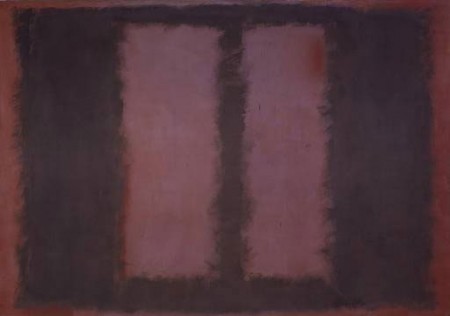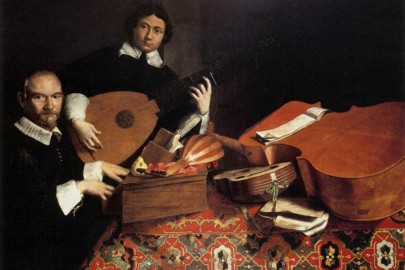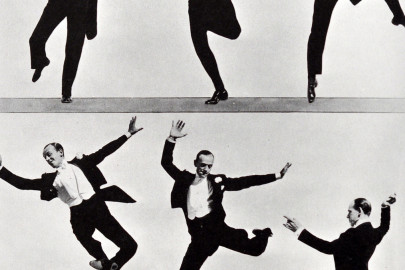Mahlerman marks a sombre anniversary in a way that only music can.
The words of the 19th Century German writer Berthold Auerbach will come pretty close to many people’s ideal on this sombre day: ‘Music washes away from the soul, the dust of everyday life’ – though I prefer the slightly more concise view of his countryman Heinrich Heine from half a century earlier that ‘Where words leave off, music begins’. Easy to see why Schumann (Dichterliebe), Schubert, Brahms and the rest of the lads were always on his doorstep.
Today will of course be full of words, not just in New York and across America, but around the world: it will be hard to escape the images that we know so well, and the politics that have dominated the last decade. But perhaps we can take a lead on this Sad Sunday from an event that begins in NYC today at about the time that Flight 175 hit the WTC South Tower (9:02:59), and winds on past midnight. Like most events today, this marathon will be free, and will be performed or endorsed by composers and musicians who were in New York on that fateful day – and more importantly are still there. The hand-wringing, the memorializing and the sermonizing will happen elsewhere. This casual, un-sanctimonious event will be just music and, hopefully, will allow anybody lucky enough to be there, to be alone with their thoughts, allowing the ‘organized sounds’ to take them…..wherever.
Today at New York’s Trinity Church, Wall Street there will be a number of short services accompanied by Shaker hymns and various pieces of devotional music – Coventry Atiphon by Herbert Howells, Song for Athene by John Taverner, Amazing Grace by Anthony Furnivall. They will be saving the best for last, as the evening will end with a performance of Lux Aeterna, composed in 1966 by the great Hungarian Gyorgy Ligeti. By any standards this is an extraordinary piece, whether or not you share the obviously earnest aesthetic vision. It is rarely heard in church or concert-hall (except in Kubrick’s 2001: A Space Odyssey) as the subtly shifting textures and sonorities place it beyond the abilities of even the best choirs. Here, the near perfection of A Cappella Amsterdam.
With texts by Andrew Motion and a prominent part for one of his favourite instruments, soprano saxophone, an early response to 9/11 was made by the English conductor/composer James Whitbourn with his composition Living Voices, and served as my introduction to his amazing skills in a strictly tonal world – but creating a texture that is surely unique. No decent recording of Living Voices, but here a sample of the grave beauty of his music, the 1st movement (Lux in tenebris) from Luminosity, scored for Choirs, Viola, Tam-Tam (an untuned gong) Tambura (a fretless lute, looking rather like a sitar) and Organ. A little bit of magic on this special day.
Hard to believe that early next year the great Lou Reed will hit 70. Always at the cutting edge of rock music, a control freak who was often out of control, he had the good sense back in 2008 to marry his long-time collaborator, the performance artist and musician Laurie Anderson. Reed was in New York ten years ago, sitting on his roof watching the towers burn, and will be there today, involved as always. The soon-to-be Mrs Reed was in Chicago, performing that evening at Park West. Not hard to imagine the mixture of confusion, anger and dread in the audience on that night – nor the shift there must have been when she intoned the lyrics to O Superman. “Hello? Is anybody home? Well, you don’t know me, but I know you. And I’ve got a message to give you. Here come the planes. So you’d better get ready. They’re American Planes. Made in America…..” The song was written in 1979. Spooky or what?
Having no desire to create a musical narrative or description (‘nothing could be more distasteful and banal’), the American composer John Adams was struck by an image, captured on an amateur video, of millions of pieces of paper raining down from the offices of the devastated South Tower, paper created by the hundreds of people dead or dying, and suggesting a ‘density of texture’ that he wanted to try and capture in the music as yet unwritten. The resulting piece, On the Transmigration of Souls was completed in 2002, winning a Pulitzer Prize the following year. Here, the striking opening measures, with a prominent nod from about 3.50 toward Adams’ fellow modernist Charles Ives.












Music struggles to give any meaning on a day like today, remembering that cauldron of hate inspired misery, perhaps best left to the memories, of the casualties of that hatred, those left alive that is.
Not meaning maybe, but it’s right and natural that there should be an artistic response to 9/11, the defining event of the century so far. They’ve been a bit lacking, possibly.
Stunning post.
Malty/Brit – I think the sheer scale of the deed is still resonating around the globe and that ten years is barely enough time for a creative artist to develop a take on what it may mean – and what the (artistic) reaction to it should be.
Not sure whether the editor chose that particular Rothko because, like me suddenly, it reminded him of the Twin Towers – but I can’t say it ever struck me standing in front of it, the grave beauty bearing down on me. The story of that Seagram series is worth a few lines here – Rothko snapping up the $35K offer ($2 Million + today).The commission’s request for 600 sq feet of art (painting by the yard?) for their slick new Four Seasons Restaurant. Rothko producing the extraordinary series of 40 monster canvases on time in less than 12 weeks. Dining in the almost finished restaurant with his wife after returning from a trip to Europe, his change of heart, his return of the money, and his declared belief that this Temple of Mammon was not a suitable venue for appreciating his art (nor was it). His suicide just a decade later. What a story. What a man.
The Yard had a piece in last week’s Sunday Times about the lack of great 9/11 artworks. He reckoned a painting by Richter might be the first.